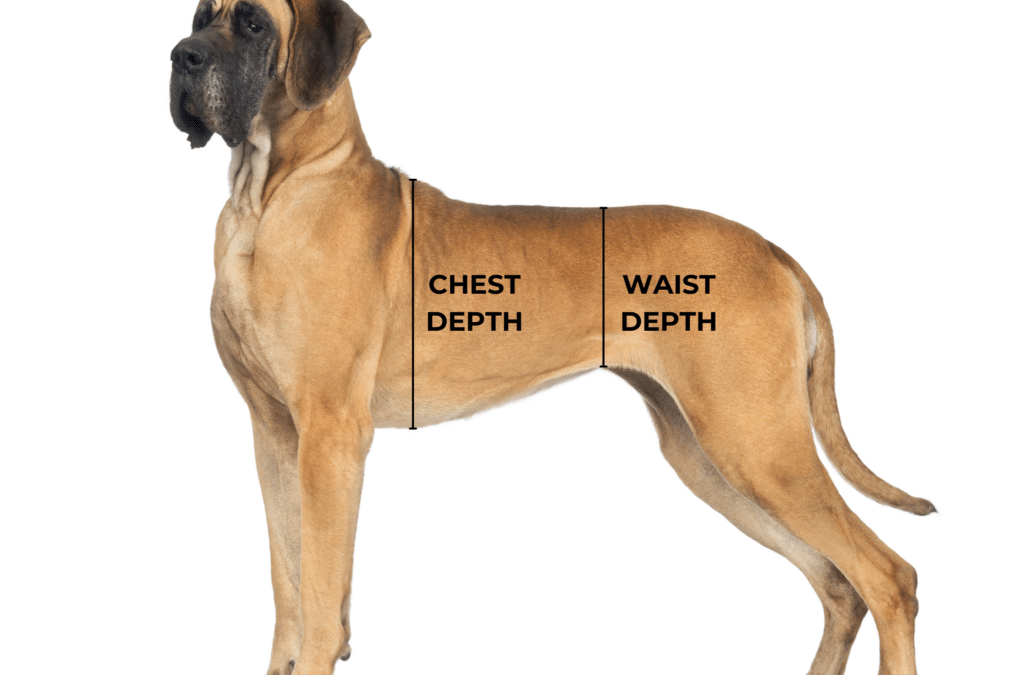
Why Does My Vet Want a Urine Sample from My Dog?
Dr. Mike Paul, DVMDog Checkups & Preventive Care

Chances are that the last time you went to your physician for a physical examination, your health care provider handed you a vial and pointed to the restroom so you could “pee in the cup.” This procedure has become so normal that we probably prepare by not urinating in anticipation. That is because analyzing a urine sample (doing a urinalysis) is a relatively quick and easy way to get a lot of valuable information.
Your veterinarian likely recommends running a urinalysis not only on your dog when she is sick but also sometimes when she seems perfectly healthy. In fact, years ago my friend, Dr. Carl Osborne, a veterinarian renowned for his interest in urinary disorders, told me that as far as he was concerned no physical examination was complete without a urinalysis.
What can a urinalysis tell your veterinarian about your dog?
Your veterinarian will look at the following aspects of the urine sample:
- Color and Appearance– Is it yellow and clear/transparent as it should be or is it cloudy, dark or bloody indicating something abnormal is suspended in it (such as blood cells, cancer cells, crystals, mucus, bacteria and remnants of damaged kidney cells or casts).
- Microscopic Appearance– When evaluated under a microscope a drop of urine can confirm the presence of those suspended components mentioned above.
- Specific Gravity– This is a test that determines the concentration of the urine as a number, on a scale, with 1.000 being the standard (based on distilled water) and the values increasing from there. The specific gravity reading of one single urine sample is not entirely diagnostic because urine concentration varies with hydration status and water consumption. But the value can lead your veterinarian to pursue other tests.
- Chemical tests– There are many, very sophisticated, chemical tests that can also be performed on a urine sample but in a routine urinalysis some of the things your veterinarian will check for are:
- Glucose (sugar)– Can indicate diabetes mellitus, kidney disease or other genetic disorders
- Protein– In increased amounts can point to infection, inflammation, hemorrhage, or other metabolic diseases
- Bilirubin or bile pigments– In increased numbers can indicate liver disease or red blood cell destruction
- Blood– Either whole cells or just pigment from active bleeding and/or red blood cell destruction may signal infection
- pH or the acidity changes of the urine– Can indicate kidney disease or infection
- Ketones– By-products of protein metabolism so their presence can indicate starvation (either literal or due to metabolic disease like diabetes mellitus)
How will my veterinarian get the urine sample from my dog?
Under some circumstances your dog may be willing to pee into a cup (or a pan). This is called a free catch sample. It is the easiest to obtain (if you can), but evaluation of the sample has to be done in light of the fact that the final product is not necessarily what started out in the bladder since the urine passed through other locations (the prostatic urethra and the penis in a male or the urethra and vulva in a female) along its way out. In addition it is not a sterile sample if a culture for bacteria is going to be performed.
Sometimes your veterinarian can collect urine by expressing the bladder gently until your dog urinates for a free catch sample or by passing a urinary catheter. These techniques are also not ideal because there is some minor trauma involved in the process– infection can be introduced by catheterization when it might not have existed before. Again, samples collected like this will not likely be sterile so urine culture results are questionable.
In order to collect a clean urine specimen directly from the bladder, it is best to use a technique called “cystocentesis” that refers to inserting a small needle through the skin directly into the bladder and removing a specimen in much the same way that a blood sample is obtained. The procedure is very quick, safe and relatively painless.
When you consider how much valuable information can be found in a wee bit of pee, it’s well worth the effort.
If you have any questions or concerns, you should always visit or call your veterinarian — they are your best resource to ensure the health and well-being of your pets.

Dog Kidney Disease Articles
Chronic Kidney Disease: What Does Kidney Failure in Dogs Really Mean?
10 Common Causes of Kidney Disease in Dogs
Related symptoms: Bloody UrineCries When PeesDifficulty UrinatingInflammation



